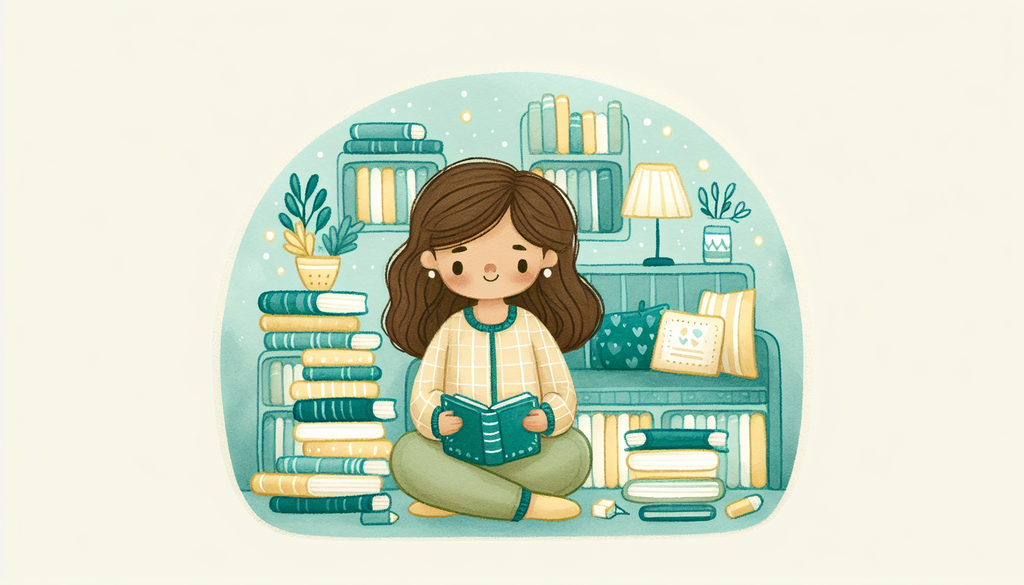Building an Inclusive Classroom Library

Books can be powerful tools of connection and empathy. They not only entertain but also introduce children to new perspectives, cultivating awareness and understanding of the varied experiences of individuals across the world. In the context of education – particularly inclusive and specialized learning – a well-stocked classroom library that reflects diverse abilities, experiences, and backgrounds can play a significant role in fostering an environment of acceptance, empathy, and equality.
Every child has the right to see themselves represented in the stories they read – whether they’re a child with special needs, a twice-exceptional learner, or gifted. Inclusivity in literature not only builds self-confidence and a sense of belonging but also promotes an open, accepting mindset among peers.
Here are some actionable tips on how you, as an educator or parent, can build a truly inclusive classroom library.
Handpick Diverse Books
Literature is a mirror of society, and it should reflect the diversity of its readers. When selecting books for your library, look for stories that encompass a broad range of experiences and perspectives. Include books written by authors of diverse backgrounds. Choose stories that feature characters of varying abilities, cultures, socio-economic statuses, family structures, and more. Ensure children’s special needs or giftedness are authentically and sensitively depicted.
Promote Representation
Remember that representation matters. Promote books that feature characters who accurately represent students in your classroom or their wider community. Identifying strengths and positive attributes in all children, including those with special needs, is critical. Books featuring characters who navigate and overcome challenges can make children with similar experiences feel seen and understood while teaching their peers empathy and understanding.
Incorporate Books That Tackle Tough Topics
Difficult topics shouldn’t be avoided in your inclusive classroom library. Subjects such as grief, mental health, disability, inequality, or social justice can be sensitively and effectively tackled within literature. Such books can open dialogue, provide comfort, or offer solutions, initiating important conversations and encouraging emotional growth. It’s essential, of course, to be mindful of the child’s age and cognitive comprehension when introducing these more complex themes.
Enable Accessibility
Accessibility is crucial in an inclusive classroom library. Test various resources to make learning more accessible and enjoyable for any child. Adapted books, electronic books, or assistive technology can help children with special needs independently explore the world of literature.
Creating an inclusive classroom library is a continuous and thoughtful process. Consult resources like the We Need Diverse Books campaign, which advocates for essential changes in the publishing industry to produce and promote literature that reflects and honors the lives of all young people. Also, engage parents and caregivers in your endeavor, highlighting the importance of parental involvement in the education process.
In conclusion, building an inclusive classroom library is a rewarding venture that engenders empathy, understanding, respect, and connection among students of all abilities and experiences. It’s an ongoing journey that requires effort, but the result provides a rich, broad, and compassionate outlook for all pupils in your charge.